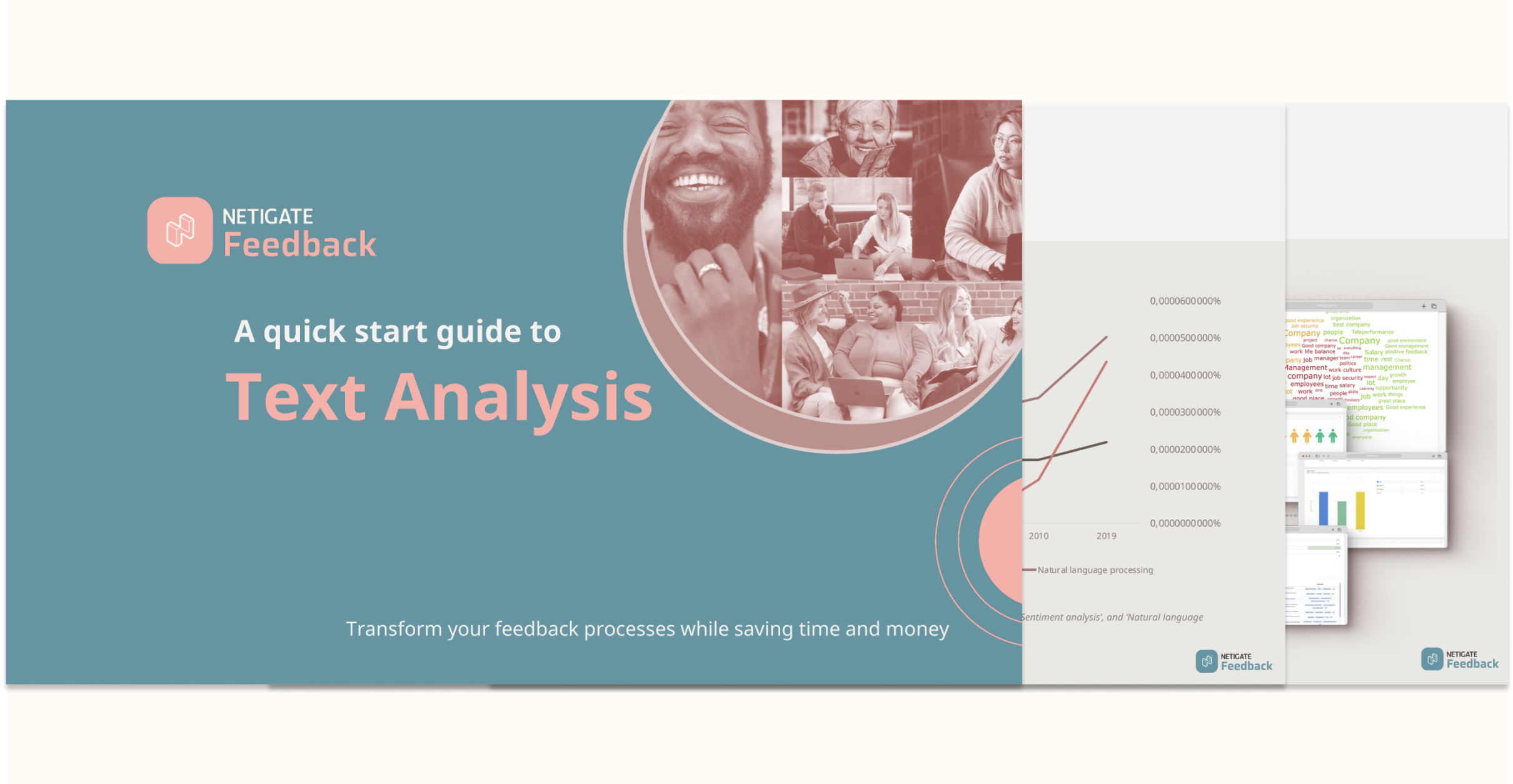1. What is the purpose of the survey- the basic to planning a survey?
Start with the WHY when planning your survey, because everything with a good plan works out the best. You know already that you need to conduct a survey- that is a great starting point. There is a reason and there is a purpose. Is it to understand your employees better? Or learn what your customers think about the support you provide? Or are you planning to launch your business on a new market and want to know more about purchasing behaviour and demand there?
Write down the purpose and have it in front of you throughout the work on the survey.
2. Decide on the target group
Once you have decided on the purpose, the target group is usually fairly obvious, but it may need to be specified. Do you want to know more about how your product is used? The target group is presumably your customers in that case, but perhaps you want to know the different ways in which customers of different ages and genders and in different locations use it? If you specify the segments that are of interest, it becomes easier to work with background data later.
3. How do you reach your target group?
You have specified the purpose, the target group, and the segments, but how do you reach them best? The most common way of distributing a survey is via a mailshot, but there are also a number of other ways of doing it. For example:
- via a link on the intranet, social media or advertisements
- printed QR code or short link on flyers, business cards or menus
- via iPads that you take to your event or are located in the lobby
- via text message
4. Break down the purpose and limit the scope
When you send out a survey, it may be tempting to ask questions that cover as many areas as possible. However, remember that the larger the survey, the greater the risk of a lower response rate. Consequently, it is frequently better to try and limit the questions as much as possible. Limiting the scope of the survey is usually easier if you break the purpose down into a number of blocks of questions, as in the example below:
The purpose is to find out more about what our customers think.
Purchase experience
- Accessibility of stores, etc.
- Accessibility and knowledge of webshop, etc.
Customer contact
- Support: What was the experience of the support department’s knowledge/service/time before help, etc
- Service: What was the experience of service at the time of purchase? Was the customer given enough help, etc.?
5. Which questions should the survey contain?
Start with the result when you write the survey questions. Don’t think: what should I ask? Think instead: what type of result would be valuable to us? Think about what type of result each question you write may achieve and how different types of results can be managed.
For example:
- a response that confirms something (for example, previous criticism of your website)
- a response that shows something unexpected
- a response that can give you practical help to improve your business
- a response that can help you in your marketing
6. Write a draft and trim it
Write down all the questions you can think of based on the breakdown of the purpose, bearing in mind what types of results are valuable. Divide the questions up based on the blocks you arrived at and remove all questions that will not supply any specific value to the result. Do all responses feel equally important? Make a list of priorities and delete them from the bottom. Internal surveys can be longer (even though the trend is towards shorter ones) while external surveys benefit from being as short as possible.
If you are now keen to get started on planning your first survey and want to get more hands-on advice on finding the right wording, then don´t miss out to read this article on how to polish the wording of your survey questions.




